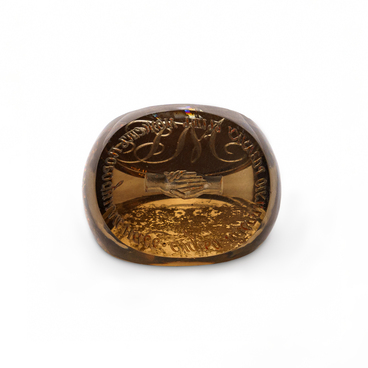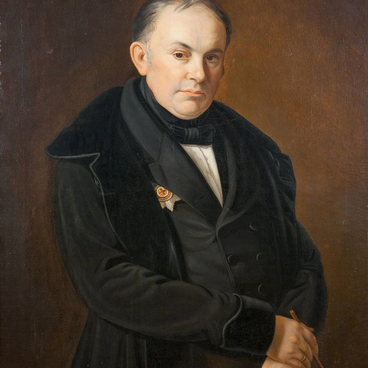The bust of Maxim Gorky was created by sculptor Mikhail Blokh in revolutionary Petrograd in late 1917 — early 1918. After the October Revolution, Gorky engaged in active social and human rights work in order to save cultural values and protect the “old-regime” Russian intelligentsia in the new Soviet reality. In his newspaper “Novaya Zhizn” (New Life), the writer published editorial columns, later included in the book “Untimely Thoughts”, in which he openly criticized the new Bolshevik regime.
The sculptor managed to convey the complex and
contradictory experiences that overwhelmed the writer during the revolutionary
days. The poetess Zinaida Gippius left a vivid description of Gorky’s external
and internal state in November 1917 in her “Diary”,




